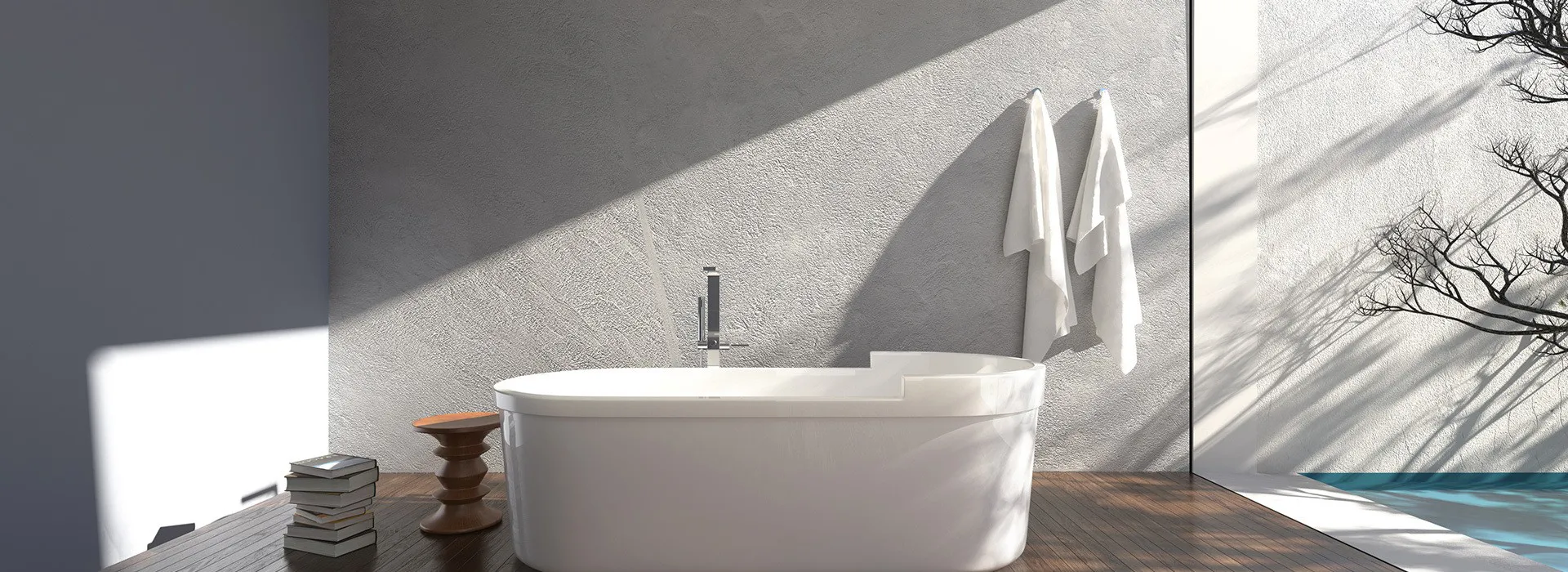
Knowledge
How to Maintain PPR Pipe and Fittings for Longevity: A Comprehensive Guide
Release time : March 11 2025
How to Maintain PPR Pipe and Fittings for Longevity
Table of Contents
1. Understanding PPR Pipes and Fittings
2. Importance of Regular Maintenance
3. Best Practices for PPR Pipe Maintenance
3.1 Visual Inspections
3.2 Cleaning Techniques
3.3 Installation Checks
4. Common Issues with PPR Pipes and How to Avoid Them
4.1 Joint Failures
4.2 Pipe Damage from External Factors
5. Long-Term Care Strategies
6. Frequently Asked Questions
7. Conclusion
1. Understanding PPR Pipes and Fittings
PPR (Polypropylene Random Copolymer) pipes and fittings have gained popularity in plumbing and construction due to their durability, resistance to corrosion, and excellent thermal insulation properties. These pipes are often used in hot and cold water distribution systems, making them a reliable choice for both residential and commercial applications.
Understanding the material properties is essential for effective maintenance. PPR pipes are lightweight, flexible, and can withstand high pressures, making them suitable for a variety of installations. However, like all materials, they require proper care to ensure they last as long as possible.
2. Importance of Regular Maintenance
Performing regular maintenance on PPR pipes and fittings is critical for several reasons. First and foremost, it helps prevent potential problems that can lead to costly repairs or replacements. Additionally, routine maintenance ensures that the plumbing system operates efficiently, reducing water waste and enhancing overall performance.
Taking a proactive approach to maintenance can extend the life of your PPR pipes significantly. By identifying minor issues early, you can address them before they escalate into bigger problems. This not only saves money but also ensures the safety and comfort of your living or working environment.
3. Best Practices for PPR Pipe Maintenance
To maintain PPR pipes and fittings effectively, consider the following best practices:
3.1 Visual Inspections
Conducting regular visual inspections is one of the simplest yet most effective maintenance practices. Look for signs of wear, such as discoloration, cracks, or deformation. Pay close attention to joints and connections, as these areas are often prone to leaks. If any issues are detected, it's crucial to address them promptly to prevent further damage.
3.2 Cleaning Techniques
Keeping PPR pipes clean is essential for their longevity. While they are resistant to scale buildup, debris can still accumulate over time. Use a soft cloth and a mild cleaning solution to wipe down exposed pipes. Avoid harsh chemicals that can damage the pipe material. Additionally, consider flushing the system periodically to remove any stagnant water or buildup within the pipes.
3.3 Installation Checks
Proper installation is critical for the longevity of PPR pipes. Ensure that all fittings are securely connected and that there are no visible gaps. Faulty installations can lead to leaks and structural damage over time. If you suspect that your pipes were not installed correctly, consult a professional for an evaluation.
4. Common Issues with PPR Pipes and How to Avoid Them
Understanding potential issues that can arise with PPR pipes can help you maintain them better.
4.1 Joint Failures
Joint failures are a common problem with PPR plumbing systems. These issues often stem from improper welding or joining techniques. To prevent joint failures, always adhere to the manufacturer's guidelines when connecting pipes. Ensure that the surfaces are clean and dry before applying heat or adhesive.
4.2 Pipe Damage from External Factors
PPR pipes can sometimes be damaged by external factors such as extreme temperatures or physical impacts. Protect the pipes from harsh weather conditions by insulating them where necessary. Additionally, avoid placing heavy objects on or near the pipes, as this can lead to compression and eventual failure.
5. Long-Term Care Strategies
Implementing long-term care strategies for your PPR pipes will ensure their longevity:
- **Temperature Control**: PPR pipes are designed to withstand high temperatures, but extreme heat can weaken them. Maintain a stable temperature in the environment where the pipes are installed.
- **Pressure Management**: Avoid exceeding the recommended pressure limits for PPR pipes. Install pressure gauges to monitor the system and adjust as necessary.
- **Regular Professional Inspections**: Schedule routine inspections with a qualified plumber who can provide an in-depth analysis of your plumbing system. This can help identify potential issues that may not be visible during regular checks.
6. Frequently Asked Questions
**Q1: How often should I inspect my PPR pipes?**
Regular inspections should be conducted at least once a year. However, high-usage systems may require more frequent checks.
**Q2: Can I use abrasive cleaners on PPR pipes?**
No, abrasive cleaners can scratch and damage the surface of PPR pipes. Stick to mild cleaning solutions and soft materials.
**Q3: What should I do if I find a leak in my PPR pipes?**
If you detect a leak, turn off the water supply immediately and consult a professional plumber to assess and repair the damage.
**Q4: Is it safe to use PPR pipes for drinking water?**
Yes, PPR pipes are safe for drinking water applications, provided they meet the appropriate standards and certifications.
**Q5: How can I prevent scale buildup in my PPR pipes?**
Regular cleaning and flushing of the system can help prevent scale buildup. Additionally, consider using water softeners if hard water is an issue in your area.
7. Conclusion
Maintaining PPR pipes and fittings is essential for ensuring their longevity and optimal performance. By implementing regular inspections, proper cleaning techniques, and addressing common issues proactively, you can significantly extend the life of your plumbing system. Remember that taking care of your PPR pipes not only reduces the risk of costly repairs but also contributes to a more efficient and reliable water distribution system in your home or business. Prioritizing maintenance will ultimately lead to a safer and more comfortable environment for everyone.
Tags:
Recommended News
March 03 2025
March 03 2025
November 11 2021
November 11 2021
November 11 2021
November 11 2021
November 11 2021
January 01 2022
July 07 2022
March 03 2025
X

